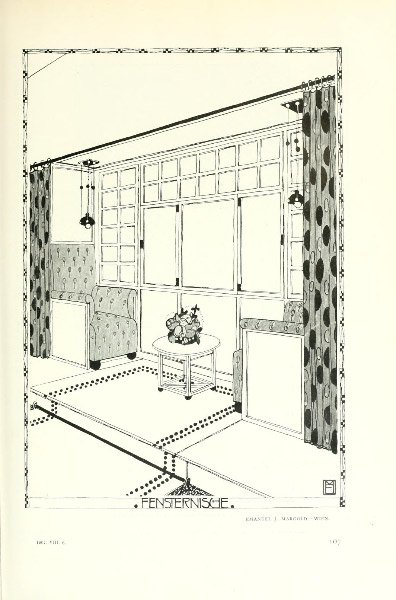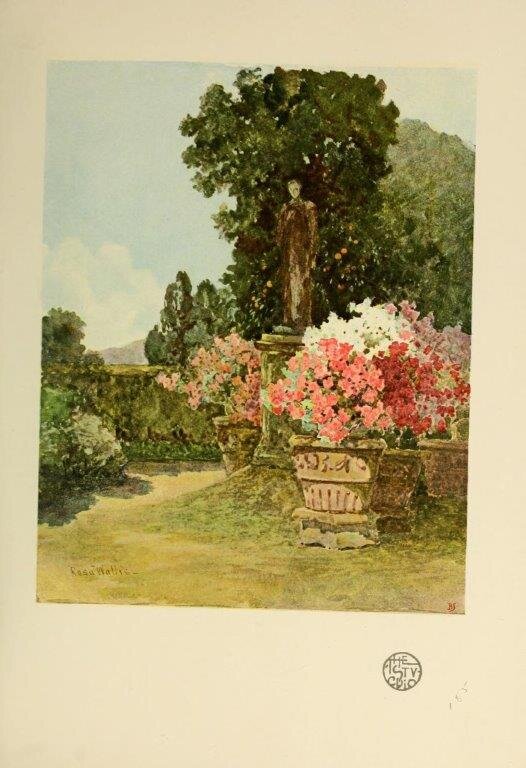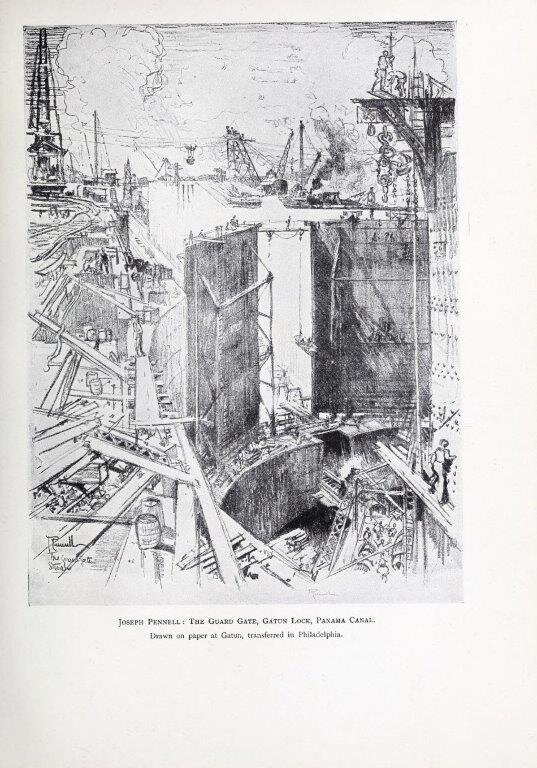An early 1900s collection of art from hunting days in the Himalayas
/Lieutenant Lionel Bickersteth Rundall’s The Ibex of Sha-ping was published in 1915, the year after he died at the beginning of World War I in the trenches at Festubert, France because of a blundered order. He was 24 years old. The joy he must have felt in the Himalayas during his years in India shows in his artwork included in the book….a glowing reminder of a life that ended too soon. The book is freely available on Internet Archive and is well worth browsing.























































































































































